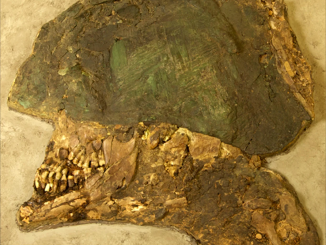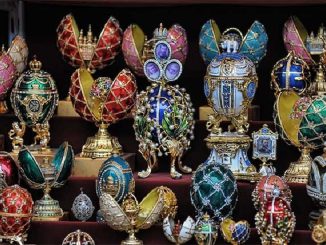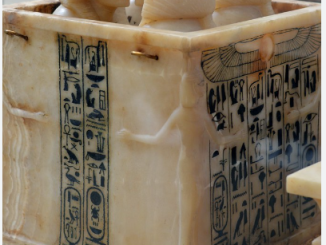Step back in time to the ancient world of Egypt as we embark on a captivating journey to explore the revered Mummy of King Seti I. Reigning during the New Kingdom’s 19th Dynasty, from approximately 1290 to 1279 B.C., King Seti I left an indelible mark on Egyptian history. Today, this extraordinary relic finds its resting place in the prestigious National Museum of Egyptian Civilization (NMEC) in Cairo, cataloged as JE 26213.
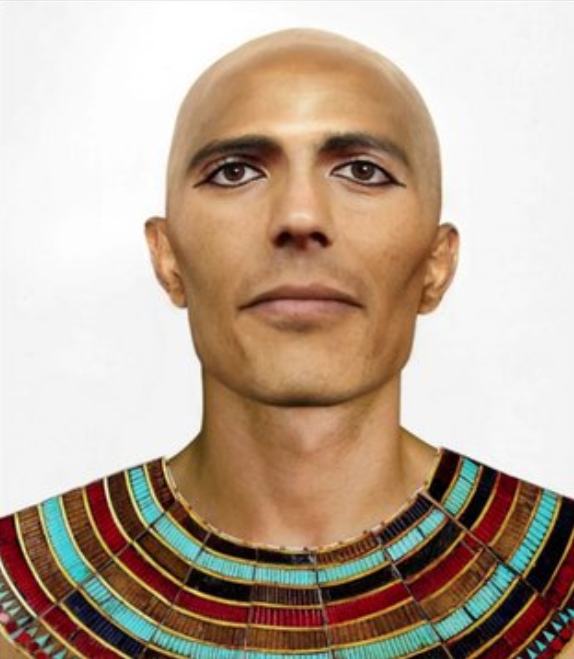
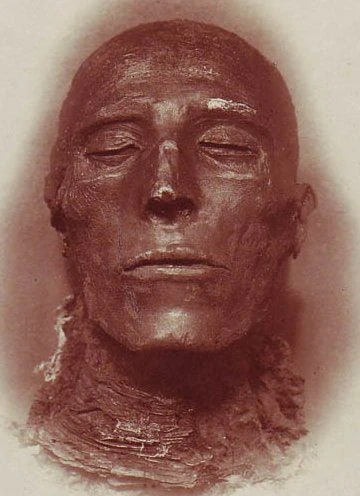
The mummy of King Seti I stands as a timeless testament to the ancient Egyptian belief in the afterlife and the meticulous funerary practices employed to ensure the monarch’s eternal journey. Encased in layers of linen wrappings, adorned with intricate amulets, and accompanied by ceremonial artifacts, the mummy offers a glimpse into the religious and cultural traditions of ancient Egypt. Despite the passage of millennia, the mummy remains remarkably well-preserved, providing invaluable insights into the life and death of this illustrious pharaoh.
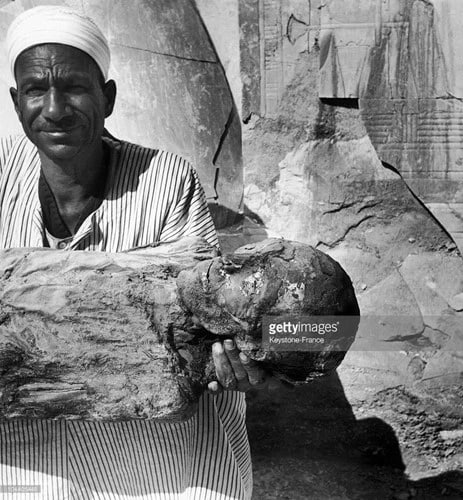
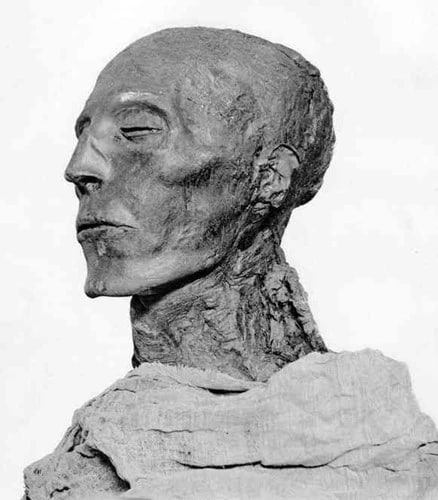
Seti I, known for his military prowess and ambitious building projects, played a pivotal role in shaping the destiny of ancient Egypt during a period of great prosperity and expansion. His reign was marked by military campaigns, temple constructions, and diplomatic alliances that solidified Egypt’s power in the region. Through the study of the mummy of King Seti I and associated artifacts, historians can unravel the story of his rule and its significance in the annals of Egyptian history.
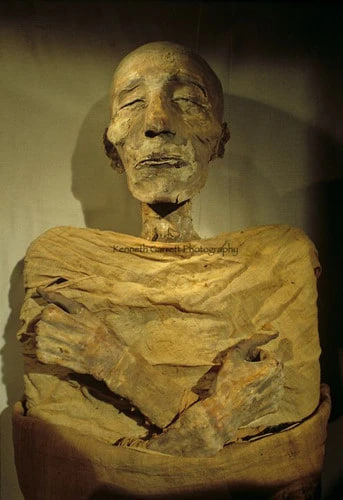
As visitors behold the mummy of King Seti I within the hallowed halls of the National Museum of Egyptian Civilization, they are transported back in time to the grandeur and majesty of ancient Egypt. The sight of the mummy, with its regal visage and ceremonial adornments, inspires awe and wonder, inviting contemplation of the mysteries of life and death. It serves as a poignant reminder of the reverence with which the ancient Egyptians treated their deceased rulers, ensuring their eternal journey into the afterlife.
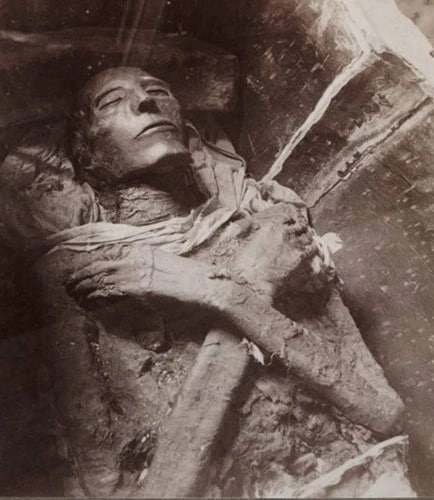
In conclusion, the mummy of King Seti I represents not only the legacy of a revered pharaoh but also the enduring allure of ancient Egypt’s rich cultural heritage. Its preservation and display in the National Museum of Egyptian Civilization serve as a testament to the importance of archaeology in uncovering the secrets of the past and preserving our collective human history. As we continue to explore the mysteries of ancient civilizations, artifacts like the mummy of King Seti I offer a window into the lives and beliefs of those who came before us, enriching our understanding of the world and our place within it.
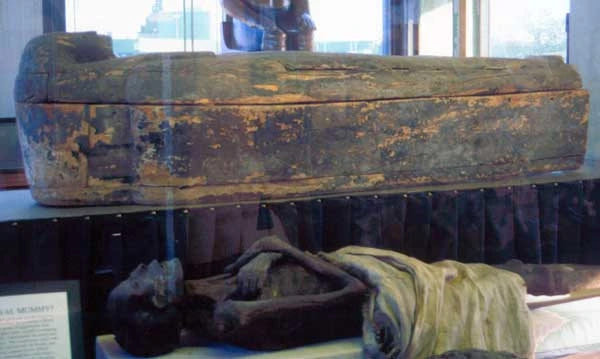
Archaeology plays a pivotal role in preserving and interpreting our cultural heritage, allowing us to piece together the puzzle of human history. Through meticulous excavation and study, archaeologists uncover artifacts like the mummy of King Seti I, shedding light on the customs, beliefs, and achievements of ancient civilizations. By preserving and studying these relics, we honor the legacies of our ancestors and gain invaluable insights into the complexities of the human experience across time and space.
